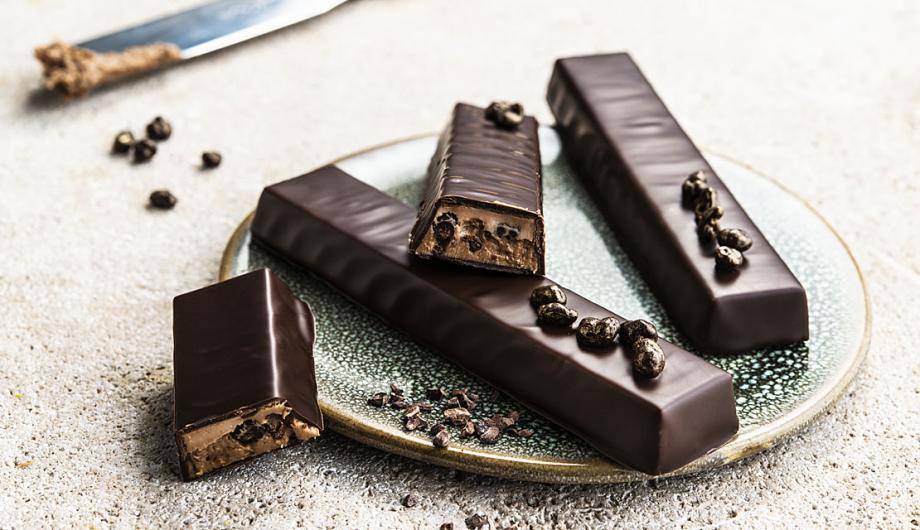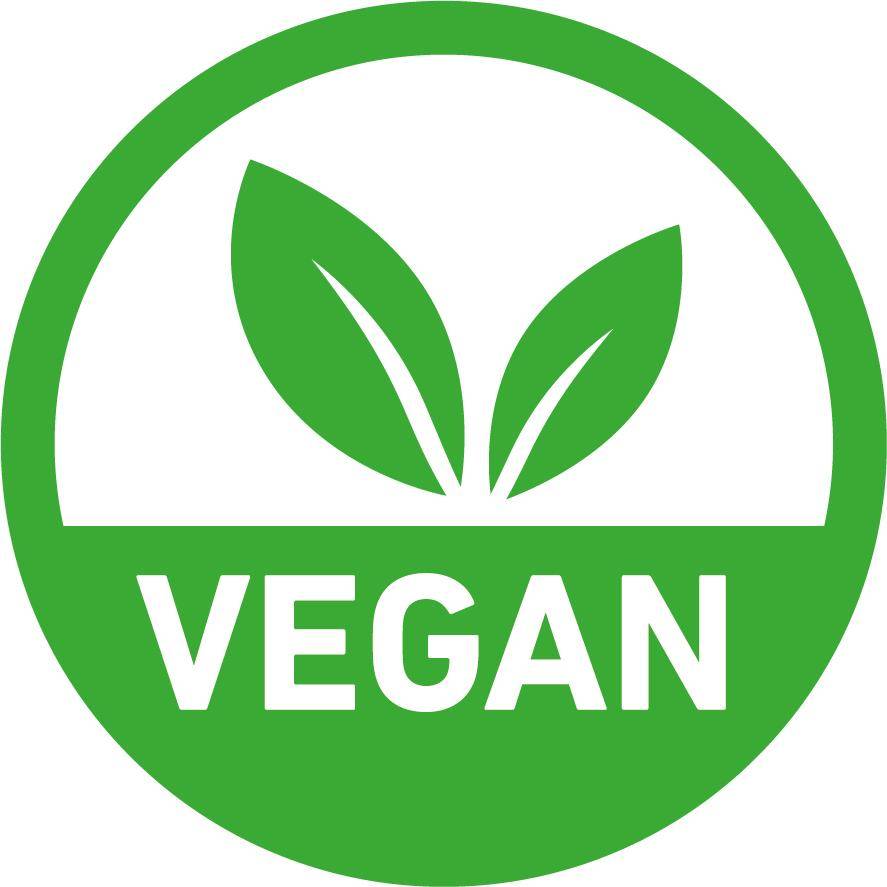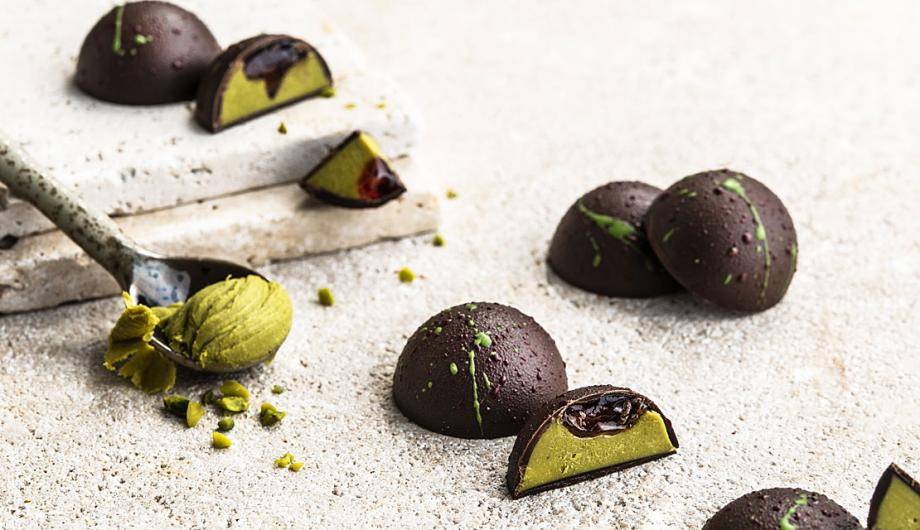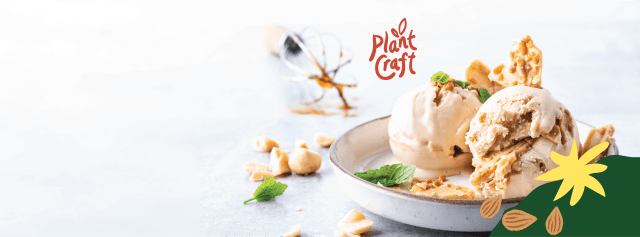
Vegan chocolate snack bars
What is important to look at?
1 - The claim itself
Does the name of the claim contain an ingredient that can result in a food allergy or a food intolerance such as milk products or gluten?
If yes, then the claim is strictly regulated by EU law.
2 - The “may contain” statement
Have you ever noticed on packs: “may contain milk”? The ‘may contain’ labeling is used for products that do not have milk as an ingredient but are for example made on lines that also share milk-containing ingredients. It results in unavoidable and involuntary presence of milk allergens due to cross-contact. Despite measures taken, this hazard cannot be prevented, especially not with chocolate where typical wet cleaning regimes are not possible. Barry Callebaut therefore, where needed, labels a precautionary allergen declaration like ‘may contain milk’. Products with a may contain labeling should not be consumed by allergic persons
1 - Dairy-free
A strict claim describing a product that has been produced in a fully-segregated environment i.e. no dairy is used in the manufacturing area and even the air is filtered. The end-product does not have detectable levels of dairy and is suitable for dairy allergy sufferers.
Dairy-free products do not include a “may contain” statement.

Vegan logo on Barry Callebaut products
Needs to be accompanied by the sentence, "Vegan based on ingredients list only; possible cross-contact not taken into account." And for export to Americas: "Vegan claim not recommended for Americas market"
2 - Vegan
Vegan is not regulated however points to a product made without animal ingredients and without the use of living animals or animal-derived products. Vegan products might have been manufactured in an environment where dairy is also used, vegan products can therefore still have a “may contain” labeling when there is an allergen that can occur through cross-contact in the production environment. Hence they are not safe for dairy allergy sufferers.
As there is no legal framework for the vegan claim food manufacturers have 2 options:
- design their own vegan logo to communicate about their product being vegan
- have their products certified by one of the 17 international vegan labels. Products are certified on the condition that all requirements of the label are fulfilled. It might include a maximum dairy cross-contamination, for example EVU requires maximum 1g dairy /kg of end product
A “may contain milk” statement is required when there is no guaranteed very low max cross-contamination level confirmed by Barry Callebaut. Please check the product specification sheet.
3 - Lactose-free
Describes a product that does not contain lactose. Whilst plant-based products are naturally lactose-free, dairy products such as milk can be lactose-free too. Indeed, lactose can easily be removed from dairy products thanks to an enzyme called lactase. Therefore a lactose-free product isn’t necessarily dairy-free.
A “may contain milk” statement can be needed. In absence of a EU regulation on lactose-free and knowing that there are national guidelines and limits, we indicate the max lactose level guaranteed on our lactose-free products
4 - Plant-based
Similar to vegan, it describes products made from plants only, without animal ingredients.
A “may contain milk” statement is needed.

Follow us or get in touch with us for regulatory support
Looking for more plant-based information and inspiration? Stay up-to-date and subscribe to Plant Craft news here.
Our R&D and regulatory experts can provide you with the support you need on your production lines or on your pack to make your plant-based products a success. Get in touch with your account manager.



